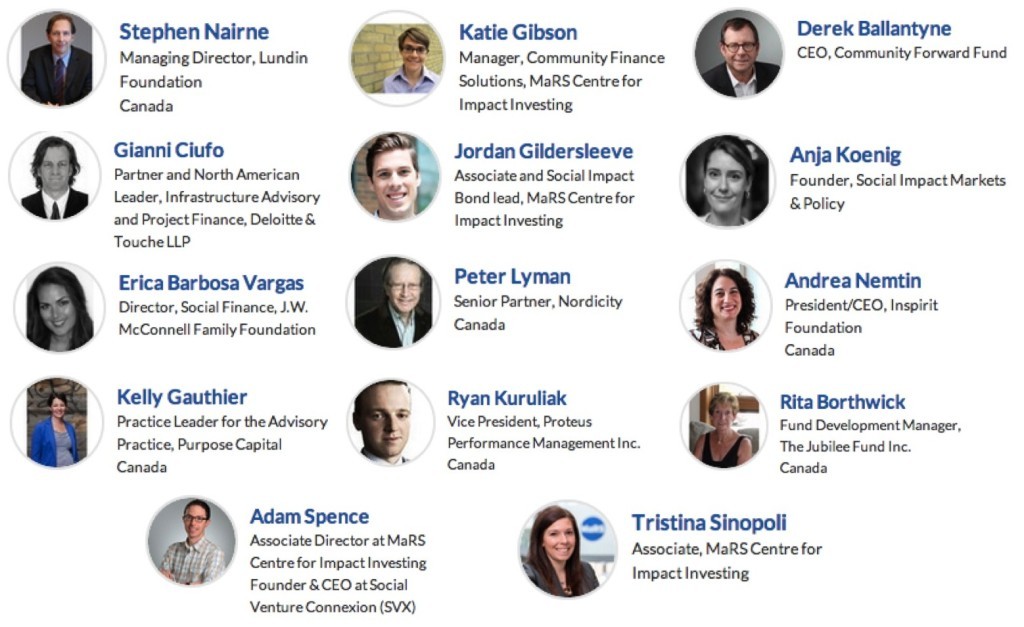Financial strategies tailored to you Canadian Living
Post on: 16 Март, 2015 No Comment

This story was originally titled Financial Strategies for Men and Women in their 20s, 30s, 40s, 50s, 60s and beyond, in the February 2008 issue. Subscribe to Canadian Living today and never miss an issue!
You’ve got goals: milestones you want to achieve along with financial peace of mind. The good news is you don’t need to be a gazillionaire to achieve them; you just need to know how to save and spend to get there. While there’s no one-size-fits-all answer (because your income, expenses and goals are unique), we’ve asked four financial planners about how to approach and attain certain goals at various stages in your life.
In your 20s
Goal: Going back to school
You’ve been working for a few years and have decided more education will help fast-track your career. Great idea. In Canada, the average total tuition cost for a master of business administration, for example, is about $22,000, and housing costs can run anywhere from $3,000 to $15,000. Save what you can realistically, suggests Robert Bird, a certified financial planner in Amherst, N.S.
If you’ve started an RRSP, the government’s Lifelong Learning Plan allows you to withdraw money from it for education. Even so, you may still need to get a student loan. But with more education, you will presumably have higher earning power, which will allow you to pay back the debt and earn more money over many years.
Goal: Saving for a house
Your 20s are a great time to save for a down payment (typically 20 per cent of the purchase price) for a house or a condo, even if you don’t plan to buy till your 30s. If you can’t afford to save for a down payment and contribute to an RRSP . Nancy Woods, associate portfolio manager and investment adviser with RBC Dominion Securities Inc. in Toronto, suggests making the maximum allowable contributions to your RRSP and then borrowing up to $20,000 against it by taking advantage of the government’s Home Buyers’ Plan for your first home.
Goal: Tying the knot
Yes, we all want the fantasy wedding, but unless you’re a rising socialite, it’s wiser to opt for a modest one. Some people go into debt, and that doesn’t make sense to throw a party, warns Woods. Spend only what you can afford, without using credit.
Best financial move
Start an RRSP. If you start when you’re young, you’ll generate far more money than if you start later, thanks to compound interest. Starting at age 25: $2,000 per year at a rate of six per cent till age 65 = $309,500. Starting at age 45: $2,000 per year at a rate of six per cent till age 65 = $73,600.
Going off the rails
You’re young, want to have fun and have a steady paycheque for the first time . Beware: 20-somethings are prone to blowing all their money or running up credit card debt.
What to do with your income tax return?
There’s bad debt and good debt. Good debt passes one of two tests, according to Bird: either the object purchased with the debt will appreciate in value or the interest on the debt is tax deductible. Bad debt doesn’t do either. A mortgage is good debt; credit card debt is bad. Pay off bad debt first with your income tax return. If you don’t have bad debt, put the money into your RRSP.














